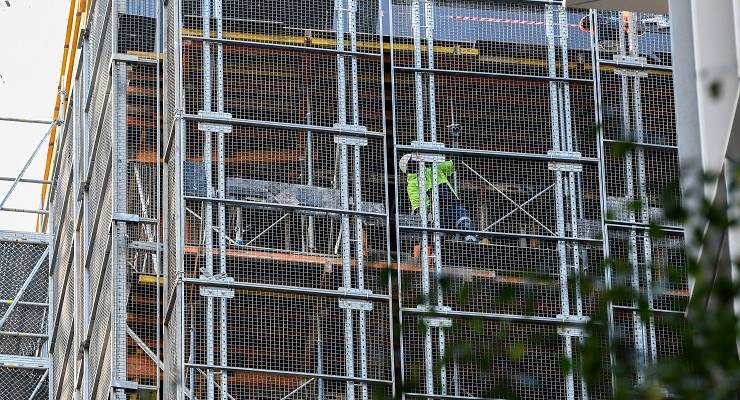
The second half of May saw a small but potentially significant shift in the impact of the lockdown on employment, one that emerges from yesterday’s worse-than-expected jobless numbers.
In April, women bore the brunt of the lockdown as majority-female industries like retail and accommodation and food services shut down. That meant 54% of the net jobs lost in April were women, on a seasonally adjusted basis, when normally they make up 47% of workers (albeit skewed more toward part-time). Female participation also fell by over 2.7 points, while male participation fell 1.9 points.
In May, men didn’t catch up, but the tide began to turn: a net 118,000 female jobs were lost compared to 110,000 male jobs (in the original, rather than seasonally adjusted, numbers, lost jobs were almost evenly split). Male participation fell a further 0.8 points, while female participation fell 0.6 points.
Because men and women, at a population level, tend to work in different occupations, that tells us the recession is now shifting in its impacts away from the immediate disaster area of industries that were shuttered, or heavily restricted, over the last two months, and which are now beginning to open up again, to other industries that were not directly affected by the lockdown.
That’s confirmed by some other data the Australian Bureau of Statistics weekly payroll data produced this week, showing the employment impacts of the lockdown.
That data shows accommodation and food services, while still 30% smaller in job numbers than pre-pandemic, growing jobs in the last weeks of May — 1.1% in the third week of May, 2.1% in the final week. The growth is, understandably, mainly in food and beverage services, rather than in hotels. Similarly, retail trade — Australia’s second-biggest employer — while still down 6%, began putting jobs back on in May. Education — over 70% women — also put on significant jobs in May.
That all makes sense — the economy began reopening in May, so cafes, restaurants and shops began putting staff back on, schools went back, childcare centres filled up.
But elsewhere, jobs were being lost. Construction, another key employer, is down nearly 6%, but kept losing jobs throughout May. Construction is 88% male, and the sector has been warning that the pipeline of future work has dramatically diminished. The government’s pissweak residential construction package is unlikely to make much difference.
Other heavily male industries, agriculture and mining, also lost jobs in May, although they’re relatively small in terms of overall employment. But another big male employer, transport and warehousing, also went marginally backwards in May, though it did better in the last fortnight of the month.
This means we’re poised at a delicate point, where the broader economy could sink into a traditional recession just as we emerge from lockdown and the jobs lost to the immediate pandemic effects are restored, at least partially. If construction, in particular, continues to lose jobs — and it’s hard to see how it won’t without further government support — then the economy won’t gain the speed necessary to start reducing unemployment.








Nice summary Bernard. Interesting to note the impact on hours worked has also been much more significant for the female population. Can’t understate the persistence of traditional gender roles, with women giving up working hours to act as primary caretaker for kids/parents.